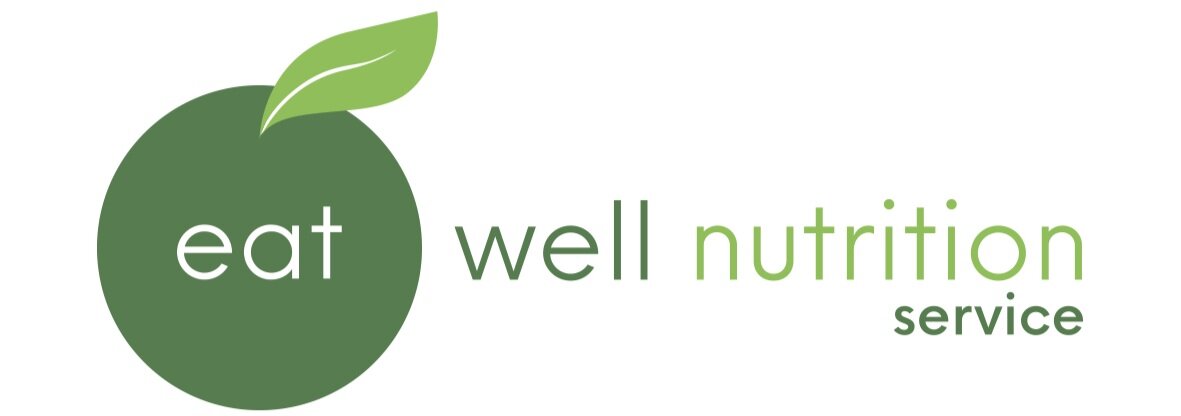Nutrition in Palliative Care
Palliative care has been defined as an approach that improves the quality of life of a person with a life-threatening illness through the prevention and relief of pain and other problems; physical, psychosocial and spiritual. Unlike active treatment where the goal is to cure, the aim of palliative care is to neither prolong nor hasten death, but to manage pain and other distressing symptoms whilst providing support to help the resident live as actively as possible until death.
Nutrition and hydration considerations in palliative care can be complex for residents, families and the aged care team. Not everyone shares the same attitude and values regarding death and dying, it is important to recognise that cultural background and ethnicity can shape a person’s beliefs. Advanced care planning can empower residents and their families to discuss their wishes with regards to nutrition and quality of life, which can help alleviate the burden of decision making towards the end of life.
Nutrition in palliative care should be one of the goals for improving quality of life. Not only is nutrition important from a physiological perspective, but it can also serve as a source of pleasure and comfort. Sharing a meal encourages positive social interaction, therefore when possible residents should be encouraged to eat with others in the dining room. Family and friends may wish to bring in favourite foods from outside the facility to share with the resident. The kitchen may also be able to provide alternative meals to meet the resident’s food preferences.
There are a number of reasons why a resident receiving palliative care may be eating poorly, some of which may be treatable. These include swallowing difficulties, pain, nausea, constipation or depression. Identifying these issues and providing adequate relief can help to improve a resident’s oral intake. Examples of effective interventions include;
Changing the texture of food or consistency of fluids for residents with swallowing difficulties
Providing meals when residents are more alert and pain is reduced
Providing regular anti-nausea medication before meals
Providing regular aperients to aid constipation management
Treating depression with antidepressants and providing pastoral care
Residents who have previously been independent at meal times may require increased assistance at meal times as their condition deteriorates. Care staff providing full feeding assistance should seat themselves at eye level with the resident, and take time to talk to the resident to create a relaxed atmosphere. A resident may require extra time to complete their meal and it may be necessary to reheat the meal to ensure it is an appropriate temperature. (For more information on how to provide effective feeding assistance please click here.)
Some therapeutic diets such as diabetic and renal diets can also be the cause of a poor oral intake. In many cases there will be no added benefit from continuing with a therapeutic diet and lifting dietary restrictions may help to increase the resident’s enjoyment of food. Your facility dietitian will be able to assess whether there is any benefit of continuing with a special diet.
Food and fluids should continue to be provided for as long as the resident wants and can safely tolerate them. When a resident begins to refuse food or can no longer swallow safely, it can be very distressing for family members. Some families will continue to push foods and fluids, which can often be distressing for the resident and result in guilt for not eating. Often the family’s main concern is that refusal to eat or drink will result in a painful death; however literature available suggests that there is no pain associated with not eating or drinking at the end of life. Even when a resident is no longer consuming food or fluids it is important to continue providing regular mouth care.
Some families may wish to explore the option of artificial nutrition when a resident is no longer eating or drinking. However evidence suggests that the benefits of tube feeding in palliative care are limited and several studies have shown that tube feeding can lead to increased risk of chest infection and other complications which may hasten death. In general the placement of a tube is considered invasive and therefore does not fit the philosophy of palliative care.
For those residents who already have a feeding tube in place, there may come a time when the body is no longer able to tolerate feeding, which can result in discomfort. One of the biggest dilemmas families face is when deciding whether to discontinue tube feeding once it has begun. Ideally these issues should have been be discussed with the resident and family early on, and documented in an Advanced Care Plan.
In summary nutrition in palliative care is a complex issue and requires an individualised approach. Residents and their families should be supported by the aged care team, and advanced care planning is encouraged to help relieve stress at this difficult time. Paying careful attention to the assessment and management of nutritional requirements can improve a resident’s quality of life.
